Australian Brahman beef: cornerstone of the cattle industry
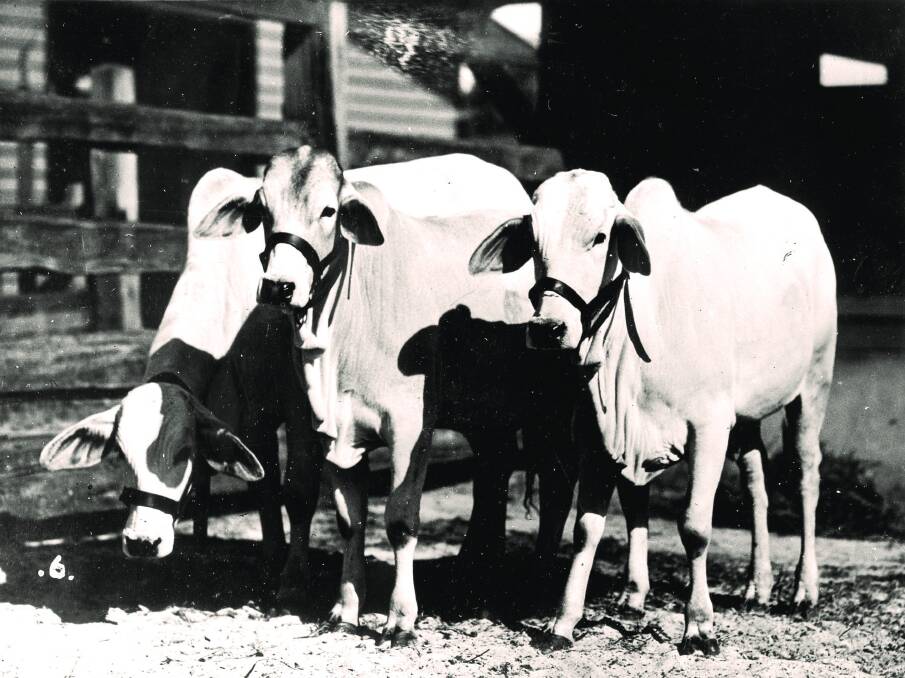
THIS IS BRANDED CONTENT FOR THE AUSTRALIAN BRAHMAN BREEDERS' ASSOCIATION
The Brahman breed continues to be an integral part of the Australian beef industry.
Brahman genetics can be found in approximately one-half of the national beef herd of 26 million head, with 75 per cent of the northern herd being Brahman. More than 70pc of bulls working north of the Tropic of Capricorn are Brahman.
The 1300 members who are now producing close to 12,000 registrations and almost 30,000 calf recordings annually give testament to the thriving Brahman industry within Australia and overseas.
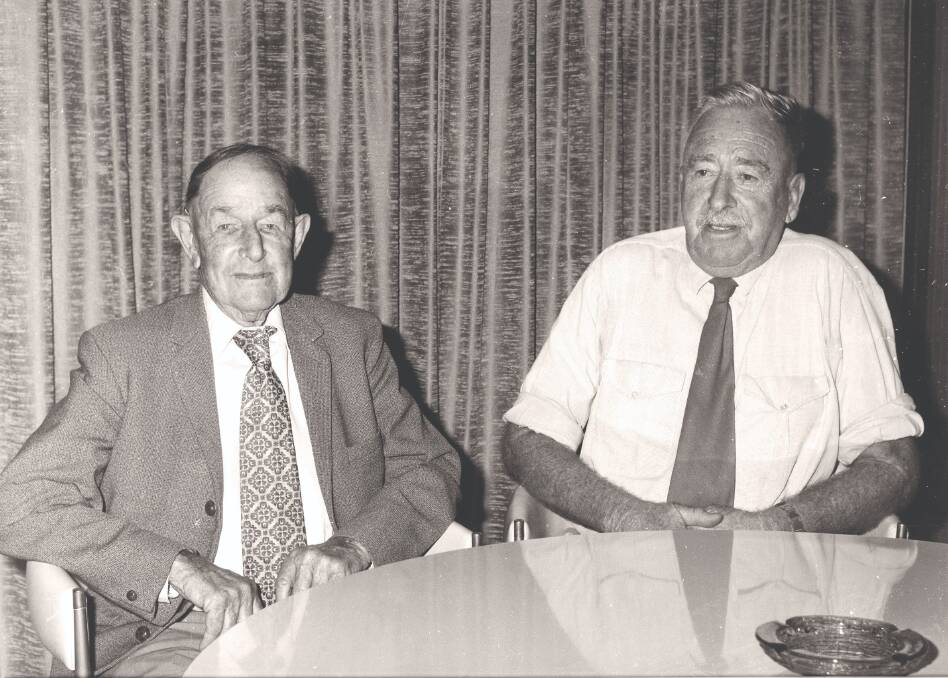
Australian Brahman beef cattle were developed by innovative north Australian cattlemen who appreciated the economic value of a beef animal that could adapt to harsh tropical climatic and environmental conditions. These breed pioneers understood that British breeds were unable to withstand the ravages of north Australia's cattle ticks and drought.
THE LONG ROAD TO RECOGNITION
The breeds' journey to prominence in Australia began in 1933 when 19 head from the famed J.D. Hudgins Ranch in Texas, USA, were imported into Queensland. Between 1933 and 1954, a total of 24 bulls and 25 females were imported into Australia. Importations were ceased in 1954 due to quarantine concerns and not re-opened until 1982.
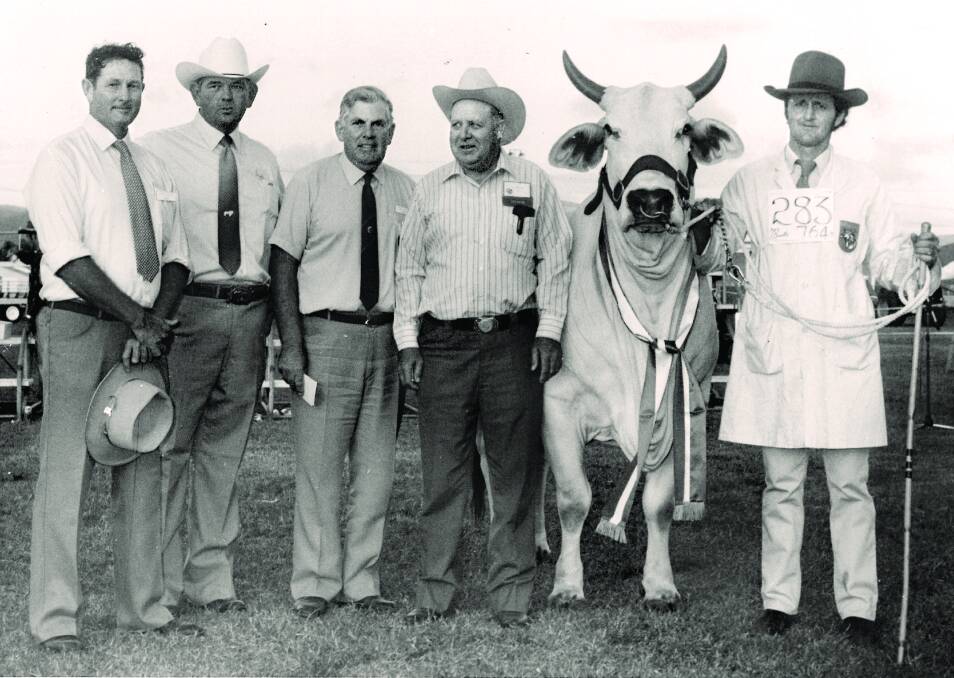
In 1936 the first registered Brahman stud, Wairuna, was established with 15 heifers and two bulls. These bulls were descendants of a bull, which William McDowell, Christmas Creek Station, Western Australia, purchased from the Melbourne Zoo in 1910. The Wetherby, Cherokee, Walla, Dundee, CW Wright, Tropical Cattle, Allensleigh, Avondale, and Burnside prefixes were registered in the ensuing years forming the breeds' foundation studs.
The Brahman continued to progress, which led Ken Atkinson from Wairuna and Maurice de Tournouer from Wetherby to form the Australian Zebu Breeders` Association at Mareeba on October 7, 1946. This name was changed to the Australian Brahman Breeders` Association in 1954. Registered Brahman stud numbers increased from 14 to 44 from 1959 to 1961.
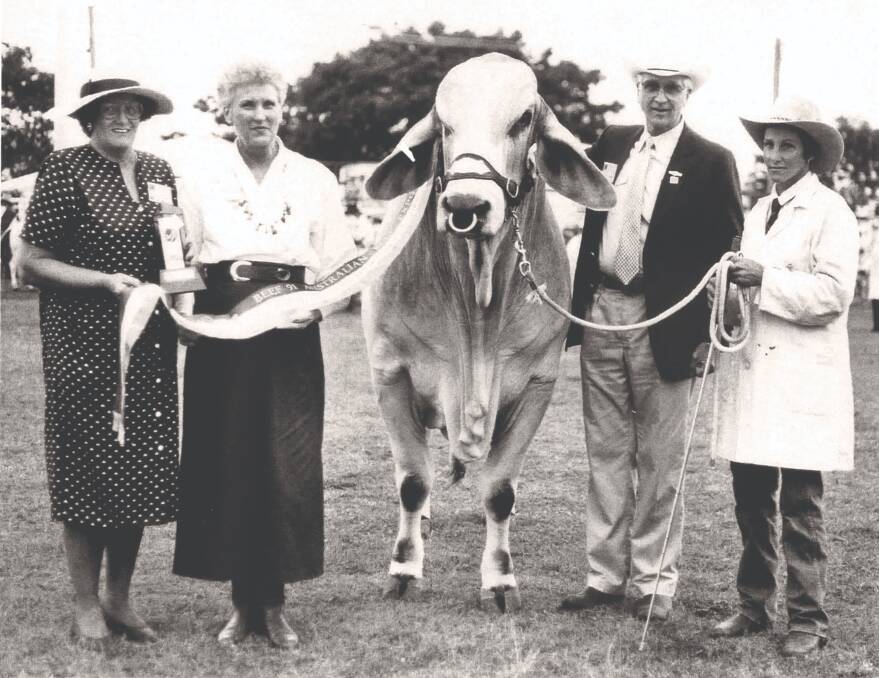
Notable occurrences for the breed in these formative years included Cherokee exhibiting Brahmans at the Rockhampton Show in 1950, while the first Brahman Cattle were shown in Townsville in 1952. In 1954 Cherokee exhibited at The Ekka after the breed had been denied entry in 1952.
In 1963 the first purebred Brahman steer, Cherokee LA Omo, was presented at a show ring in Australia, winning his class. That same year the Cherokee and Waverley studs exhibited at the Sydney Royal. To bring further attention to the breeds' benefits, the De Landelles family, Cherokee stud, traveled 2980km in 1964, showing cattle from Sydney to Cairns. In 1967, the De Landelles became the first stud to hold an on-property bull sale within Australia.
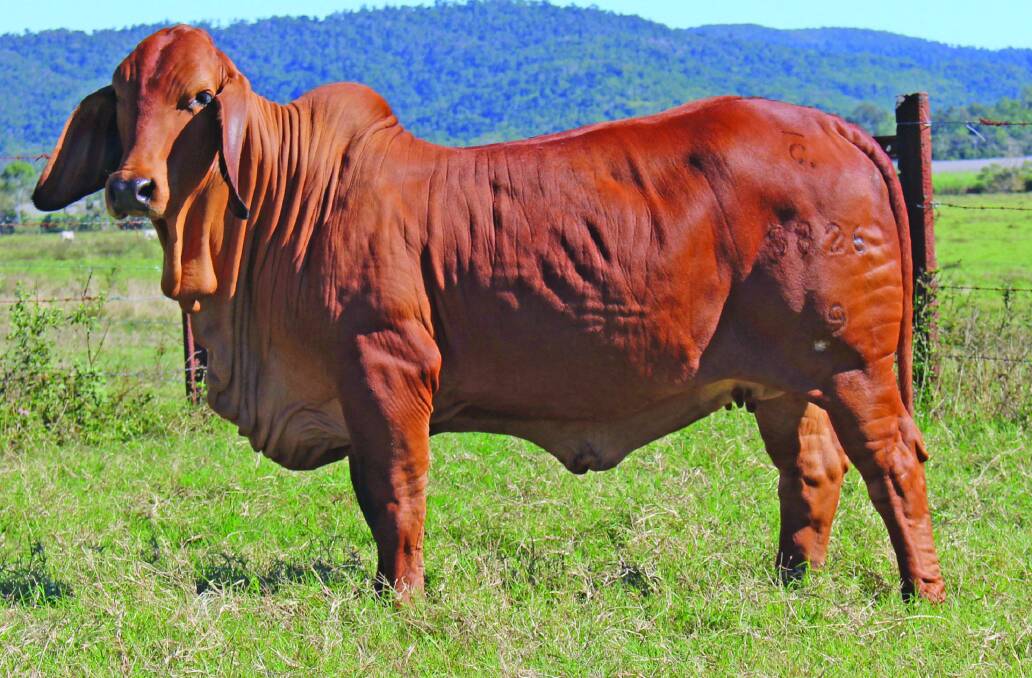
Exports of Brahman cattle began in 1966 when Red Brahmans were shipped to Papua New Guinea. In the early 70s, 12 registered bulls and 42 heifers from the Hazelton, Yenda, and Walla studs were exported via air from Brisbane to Thailand. The re-opening of cattle importations in 1982 saw 35 head, (19 bulls and 16 females) with Indu Brazil and Gyr bloodlines, arrive in Australia.
Other industry firsts Brahman breeders accomplished to hold the first ever beef cattle "night sale", which was conducted at Gracemere in 1983, and in that same year the first World Brahman Congress was held to commemorate the 50th anniversary of the initial importations in 1933.
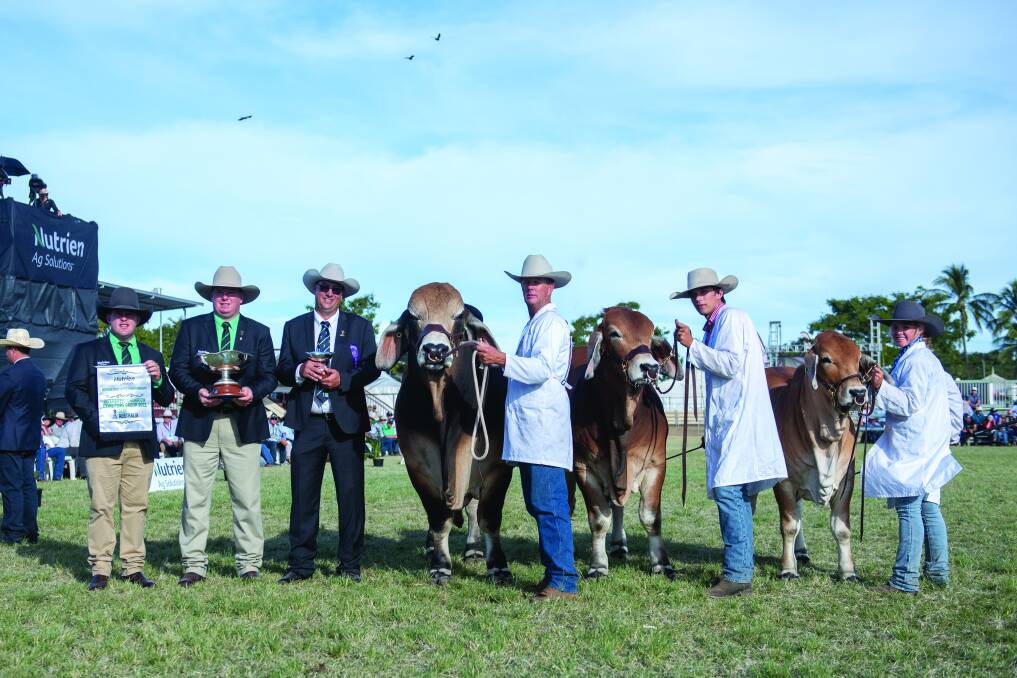
As membership grew Brahman House in Rockhampton was purchased by the society in 1971, making ABBA the first beef breed Society in Australia to own its premises. This historic building, constructed in 1888, has offered a base for ABBA to run the association ever since. ABBA's governance and promotion has seen the breed become vital to the Australian cattle industry today.
While the initial evolution of the Australian Brahman began in Queensland, the breed's influence now covers Australia, and internationally with stud and commercial live cattle exports to many overseas countries, a testament to the breed's adaptability to a diverse range of climate types. Vast areas of previously unproductive land have been pioneered and developed into profitable beef enterprises using Brahman cattle.
THIS IS BRANDED CONTENT FOR THE AUSTRALIAN BRAHMAN BREEDERS' ASSOCIATION


